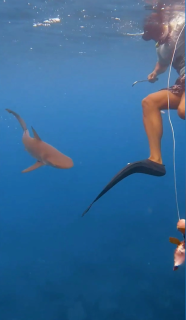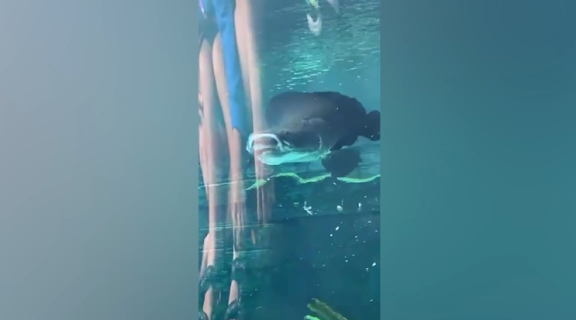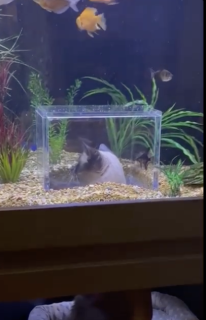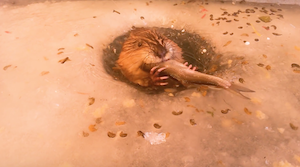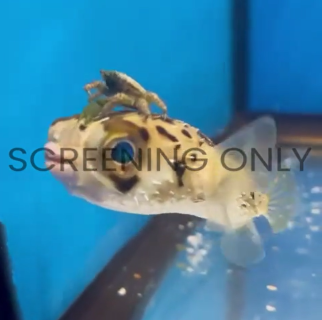オスが出産するタツノオトシゴMagical moment father gives birth to hundreds of baby seahorses
この映像について
管理番号
VRP146490
投稿日
2024.01.26
動画の長さ
00分00秒
カテゴリー
動物
説明
This is the magical moment more than 300 tiny baby seahorses are born to a single dad in a Brazilian aquarium.
The astonishing birth footage was recorded at the Oceanic Aquarium in Balneario Camboriu, Santa Catarina State, on January 16.
In seahorses, males carry the babies in special brood pouches and give birth to tiny perfect replicas of adults called 'frys'.
Females leave their eggs in the male pouch where they are fertilised before the father gives birth a month later.
During the video, the dad can be seen contorting his body to send his hundreds of youngsters flying out into the water in a huge cloud.
Aquarium heads said in a statement: 'More than 300 seahorses were born at the Oceanic Aquarium.
'The species is the only one in which the male gives birth to the offspring.
'On the morning of January 16, the technical team managed for the first time to record the birth of seahorses of the species Hippocampus reidi at the Oceanic Aquarium.
'They are known as long-snouted seahorses.
'The species has a great ability to camouflage itself; they can change colour to blend in with the habitat where they live.
'They have a more elongated head, and their eyes can move in opposite directions at the same time. Adults can reach an average length of 17 cm.'
'The fish live in a tank exclusively for them on the ground floor of the attraction.
'The parents were born at the Federal University of Santa Catarina, so this is the second generation of this seahorse family to reproduce and be born under human care.
'The gestation period lasts about a month, and despite other species taking on the mother's role in nature, seahorses are the only ones in which the male incubates and gives birth to the offspring.'
'Although they cannot be released into the wild, their reproduction contributes to the sustainable maintenance of the species population in the aquarium.
'In general, as in nature, due to the large number of offspring, some do not survive.
'But the effort of the technical team is now focused on ensuring that the highest number of offspring survives.'
タグ

